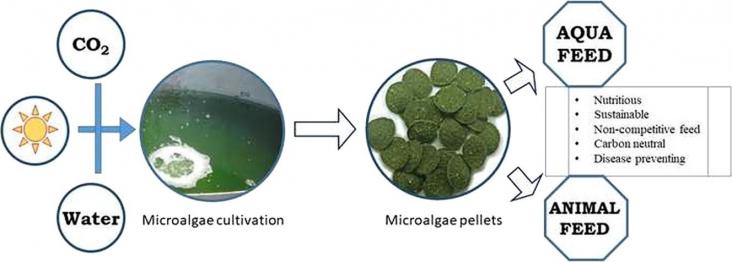Elsevier,
Agricultural Internet of Things and Decision Support for Precision Smart Farming, 2020, Pages 1-33
This chapter explores how using technology and precision farming can improve yields while protecting the earth's resources, advancing SDGs 2 and 12.
Enteric viruses are an important food safety concern and have been associated with many foodborne disease outbreaks.
This case study uses survey and satellite data to help better protect those working in agriculture in Kenya and Tanzania against drought and climate change, helping to advance SDG 2 and 13.
An Article in support of SDGs 2 and 3, analysing the burden of child and maternal malnutrition across all states in India, highlighting the progress so far and efforts needed to achieve the national 2022 and global 2030 targets.
This chapter advances SDGs 2, 3 and 11 by providing an overview of global food insecurity and the proposed avenues to address it.
This chapter advances SDGs 2 and 10 by explaining many solutions such as the Green and Gene Revolutions and how they are addressing food insecurity.

Aquaculture and animal rearing for meat has increased exceedingly to meet the demands of ever-increasing population.
Approximately 70% of the aquatic-based production of animals is fed aquaculture, whereby animals are provided with high-protein aquafeeds.
As a response to the worldwide challenge raised by soil degradation, Conservation Agriculture (CA) was proposed to help restoring the three main soil functions, i.e.

The effectiveness of active packaging systems with green tea extract and oregano essential oil was checked for their use in sliced cooked ham.
